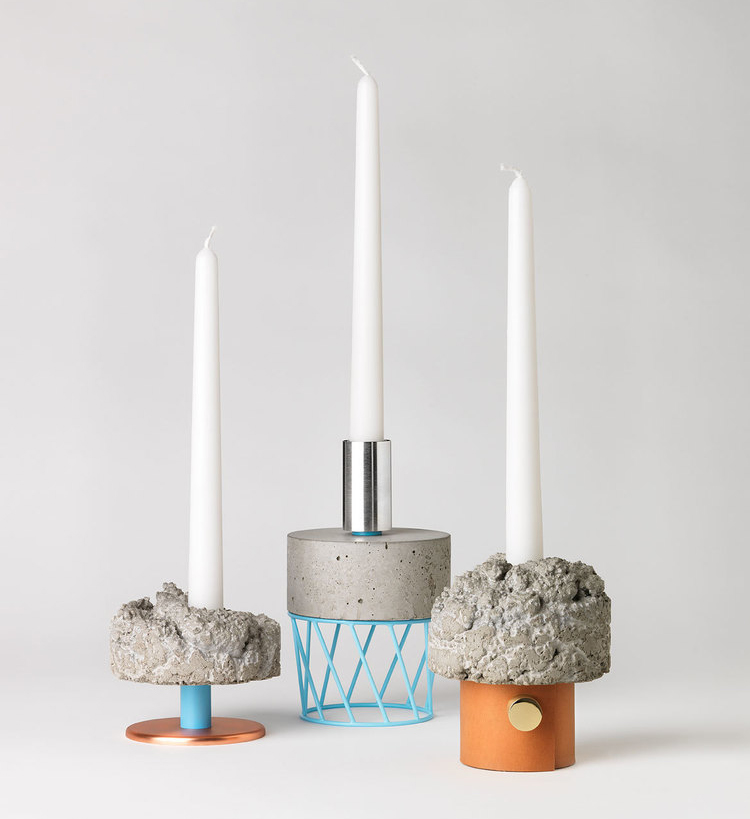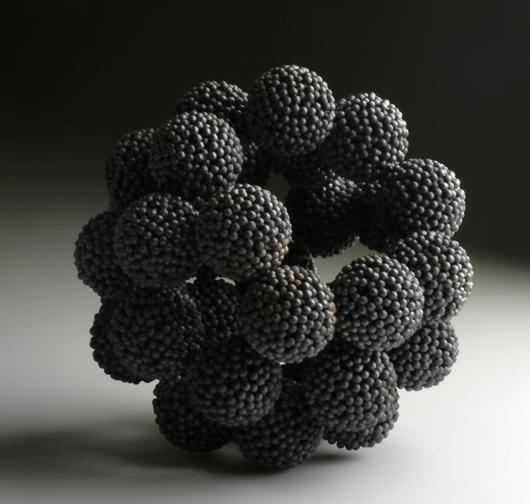
03.13.13
Sighted
New Work by David Taylor
In case you hadn’t noticed, the big trend in these leaner, post–economic disaster days, has been to elevate the lowest of low-grade materials into something elegant by design. OSB, polystyrene, plywood, plastic, MDF, resin — the list is endless. But you’d be hard pressed to think of a designer who does the opposite, who purposefully debases the precious commodity he’s been trained to craft to perfection. And yet what other choice did David Taylor have? After graduating from Konstfack in 1999, the Stockholm-based silversmith began to see the price of his raw materials soar: “Silver simply became too expensive for me to work with,” he says. “Without the benefit of a commission, working on spec becomes impossible when silver has quadrupled in price over the last eight years.” But Taylor’s loss was our gain: The designer began dabbling a few years ago in what he calls “a cheaper neighborhood,” making object assemblages by grafting more inexpensive materials like concrete, brass, and steel onto smaller silver pieces.
